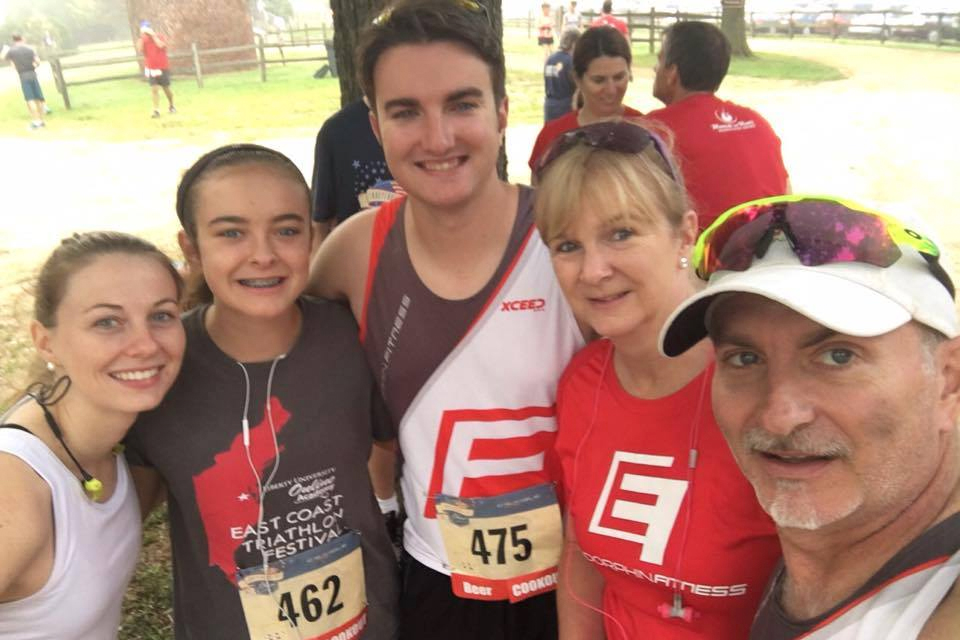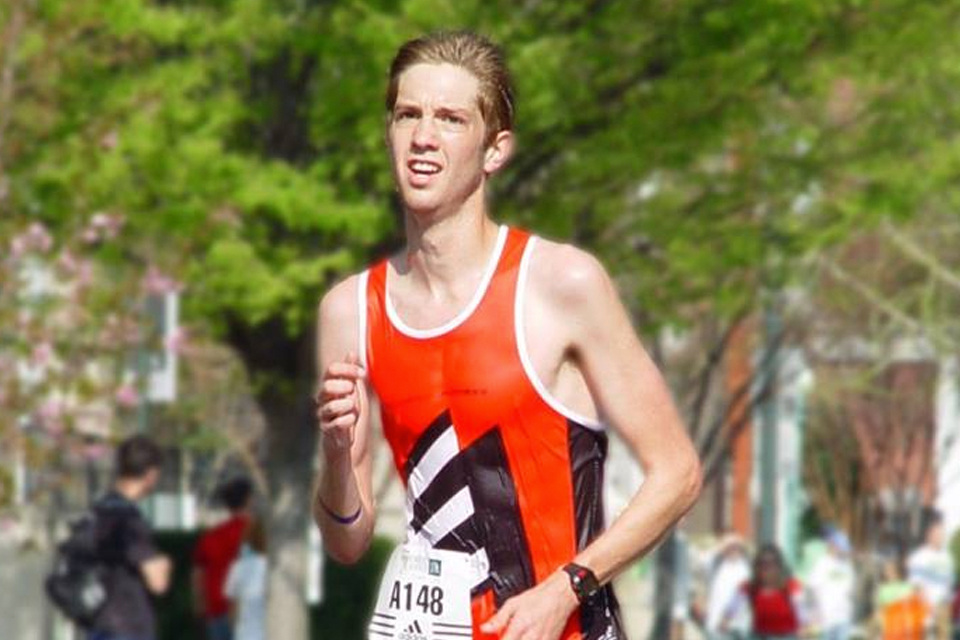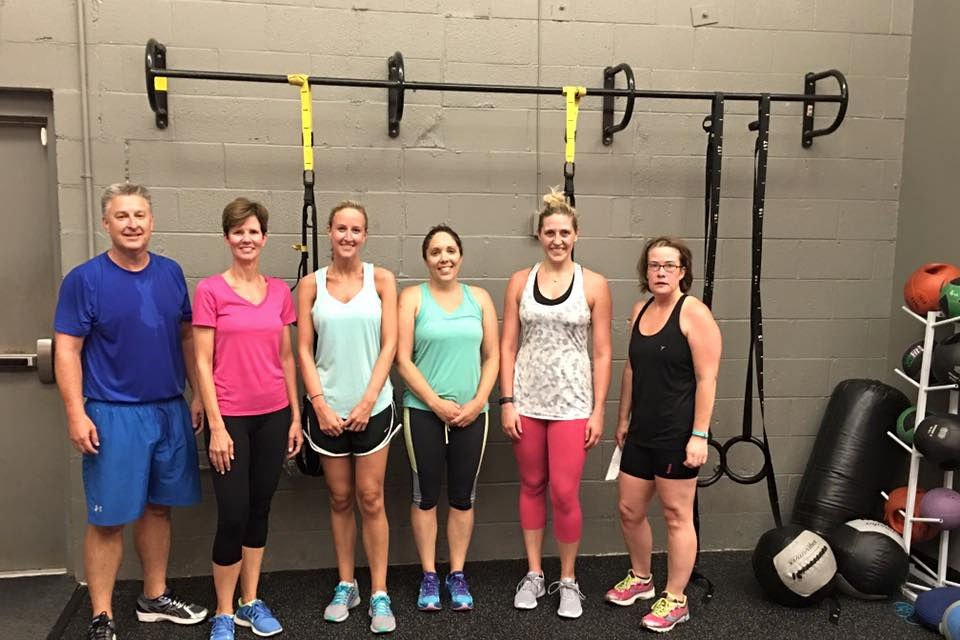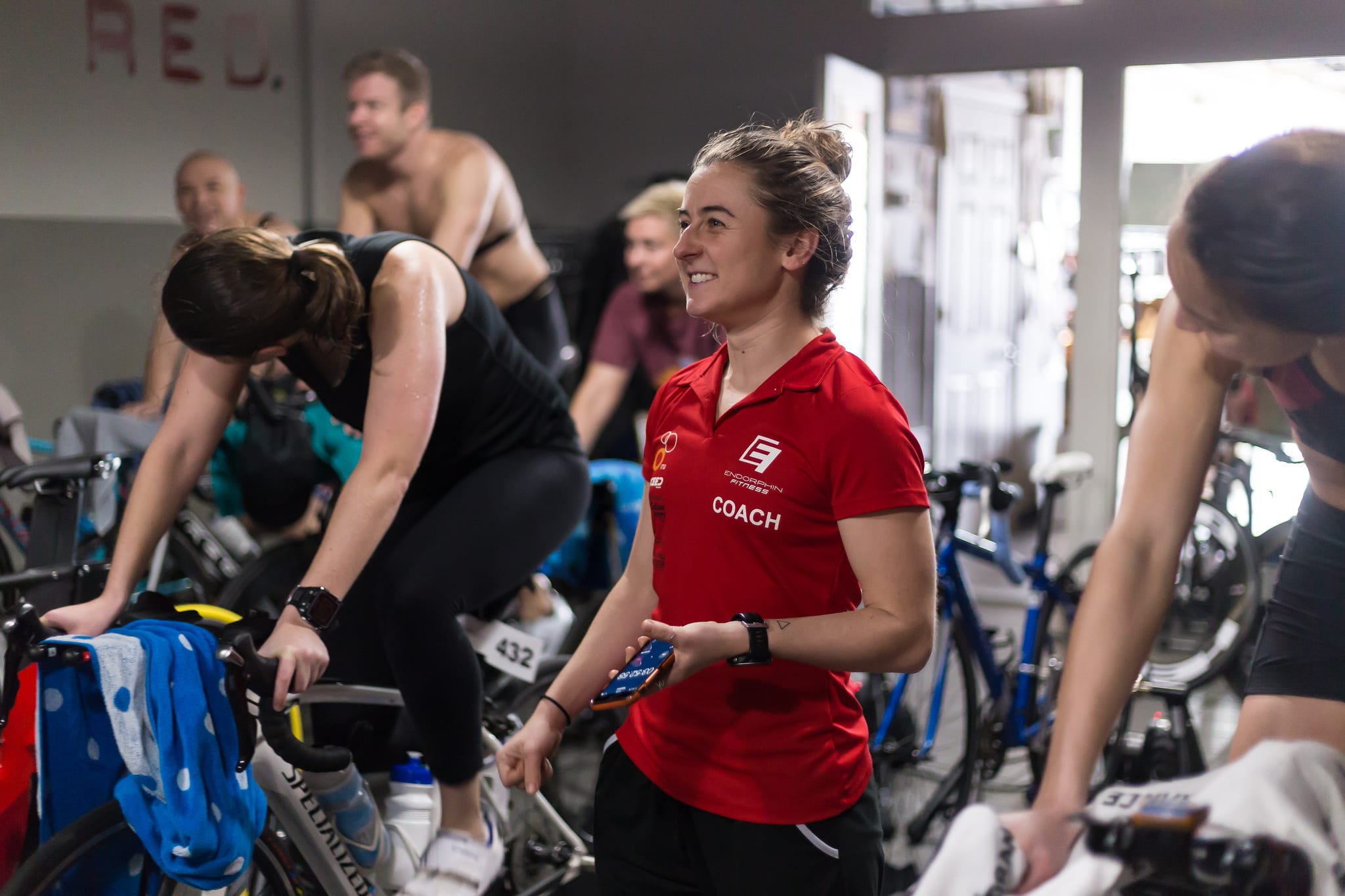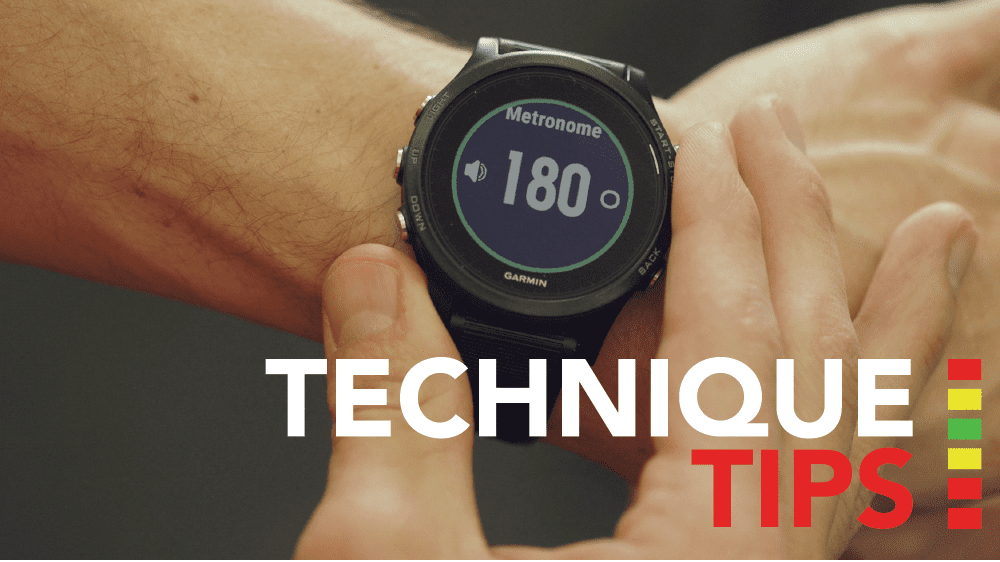

Optimal running cadence for triathletes
Cadence is something that’s often tracked as a key metric of run form and technique. That’s not without its merits. As we will see, an improper cadence can lead to poor performance, or worse, running injuries. However, with careful practice and intentionally drilling down on our cadence, we can increase that cadence up to its optimal turnover rate: around 180 steps per minute.
You may be thinking that optimal cadence may change based on a variety of outside factors. Maybe baed on height and weight, or whether you’re a professional or recreational runner. Not so. Whether you’re amateur or professional, we start by shooting for 90 strides per leg per minute, 180 steps per minute, a cadence of 180.
Many runners settle into a lower cadence because it feels comfortable or natural. As your coaches, we will work with you to bring your cadence up slowly and intentionally. However, the target is almost always the same- right at 180 strides per minute.
Let’s talk about a few reasons why we should focus on getting this number up, and a few tools that can help you do it.
Benefits of a higher stride rate
One of the greatest benefits of a higher cadence is injury prevention. With a higher cadence, you naturally have a shorter ground contact time. This is the time that your foot is actually on the ground.
This logically makes sense. If you take 120 steps per minute, each foot is in contact with the ground 60 times per minute. If we get that cadence up to 180 steps per minute, the number of steps goes up to 90 contacts per minute! Your foot is in the air for longer, making shorter, more frequent contact with the ground.
This is similar to cycling. At slower cadences on the bike, more muscle strength is recruited to turn the pedals over to produce an equivalent power at a higher cadence. Thus, with each stride at a slower cadence, you are putting in additional strain as your foot hits the ground. Lower turnover puts more stress on the tendons and ligaments in your leg as well.
By staying off the ground longer, it will lower the strain on our legs and help prevent injury in the long run.
Here is a special benefit of 180 for triathlon: By training our stride rate to an ideal of 180, we match the ideal cadence on the bike as well. We coach our athletes to target 90 revolutions per minute on the bike, which becomes 180 revolutions of both legs per minute. By drilling and practicing at a faster run cadence as well, we help ease the transition of our muscles from the motion of cycling to the motion of running during a race.
Bringing up turnover rate
Cadence cannot be improved overnight just by willing yourself to run faster and have a higher cadence. Improving your turnover rate is a matter of intentional practice, drilling, and committing the changes to muscle memory. Re-emphasizing the muscle memory with drills and technique work develops the habit of higher cadence.
One great way of practicing this technique without the impact of running is in the pool. With pool running, you can practice moving your legs at this greater turnover rate without having to worry about the impact strain of outdoor running. It can let us go even higher, and condition our muscles beyond 180. I’ve gotten my cadence as high as 210 in the pool!
Without the risk of injury due to impact that we would have outside, the pool is a great way to condition our legs and create that muscle memory which will lead to that sweet spot of 180. You can take the work in the pool and start to drill that outside as you get comfortable.
Another great way to practice this is to use the metronome or cadence feature on your Garmin watch. On the Forerunner 935 and 735, you can set your watch to beep at 90 beats per minute. You can use this to lock in, counting the number of times your foot hits the ground.
With the metronome, you’ll know that every time your watch beeps, the same foot should be on the ground. With enough practice, you can use the metronome to realize when you’re out of step.
If you have a hard time hearing the metronome on your watch, you can use the cadence screen. Many recent Garmin watches can measure foot turnover from your wrist, but if you buy a foot pod you may get slightly more accurate numbers.
Let us help you!
Training for a faster cadence is a great start, and it’s easy to track your progress and set smart goals since cadence is a number that’s easy to record and reference in your training software.
A run form analysis from myself or any of the coaches here at Endorphin Fitness is a great way to get an objective look at your run stride and where you might be able to improve. Remember that turnover is just one aspect of run form which should be considered. As coach Michael has talked about in the past, you also should look at things such as your contact angle with the ground and overall stride length. It can be harder to measure your own effectiveness in these areas.
Definitely reach out to me if you have any questions on this or you’d like me to take a look at your stride length! I can be reached at [email protected]


